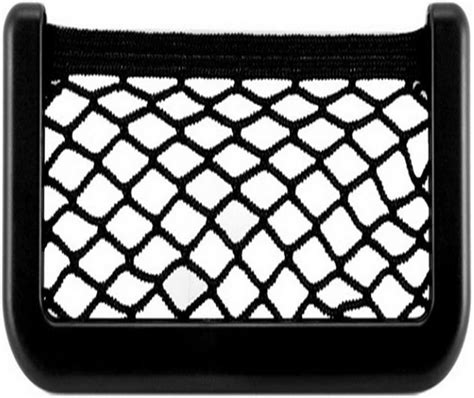Runner beans are a popular choice for home gardens due to their high protein content, where approximately 29% of their calories come from protein. To successfully grow runner beans, strong netting with 80mm square mesh is ideal for supporting these heavy climbers. This tutorial is designed to be a practical time-saver for gardeners interested in growing fruit and vegetables, including the basics of pruning and gardening.
When planting scarlet runner beans, it’s important to choose soil that is rich in organic matter and to ensure the plants receive full sun. The containers should be filled with good quality compost, dampened, and firmed down to eliminate air pockets, placing the bean 5 cm from the top. Supports are essential for climbing vegetables like runner beans. Bamboo canes are a common choice, but trellises or other structures can also be used. The most commonly used support for runner beans is a cane A-frame, which spans two adjacent rows of beans.

One effective method for growing beans is the ‘three sisters’ method, which involves planting beans, corn, and squash together to support each other. Additionally, there are various structures you can create for supporting your beans, such as a bean teepee trellis or a double row bean trellis. However, be aware of the downsides of allowing beans to grow on another plant with separate trellising, as it can make the beans more difficult to pick and increase the risk of missing ripe pods.
Garden arches are simple structures that can transform a garden in a short period. When building supports for peas and beans, remember that beans can easily climb up poles by twining around them, but peas will need lateral support. Dwarf varieties of beans can get by with a few canes or twigs for support, but larger varieties will require a sturdy structure, capable of holding the plant steady up to a height of 2m, often in windy weather.
For those interested in purchasing related products, a good option is Climbing Plant Support Mesh (search), which is ideal for supporting climbing plants like peas and beans.

